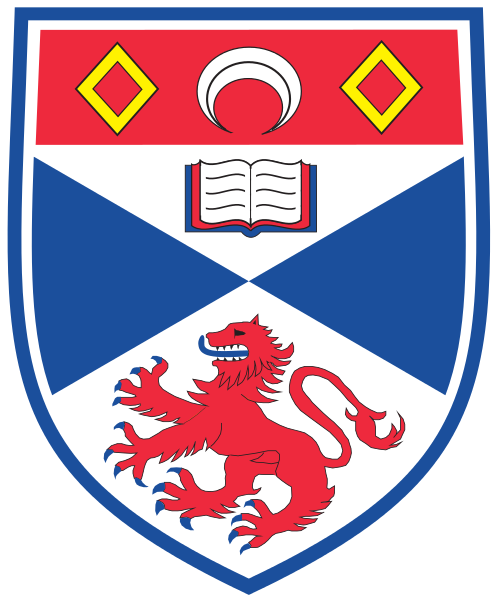This year from across SICSA we have at least 16 notes, papers and TOCHI papers being presented at CHI in Paris along with numerous WIPs, workshop papers, SIGs etc. On April 23rd we hosted 35+ people from across SICSA for a Pre-CHI day which allowed all presenters a final dry run of their talks with feedback. This was also an opportunity to inform others across SICSA about their work while allowing everyone an opportunity to snap-shot HCI research in Scotland.
Pre-CHI Day – April 23, 2013: 10am – 4:30pm – Location: Medical and Biological Sciences Building, Seminar Room 1
9:30 – 10:00 Coffee/Tea
10:00 – 10:25 Memorability of Pre-designed and User-defined Gesture Sets M. Nacenta, Y. Kamber, Y. Qiang, P.O. Kristensson (Univ. of St Andrews, UK) Paper
10:25 – 10:50 Supporting Personal Narrative for Children with Complex Communication Needs R. Black (Univ. of Dundee, UK), A. Waller (Univ. of Dundee, UK) R. Turner (Data2Text, UK), E. Reiter (Univ. of Aberdeen, UK) TOCHI paper
10:50 – 11:05 Coffee Break
11:05 – 11:30 Use of an Agile Bridge in the Development of Assistive Technology S. Prior (Univ. of Abertay Dundee, UK). A. Waller (Univ. of Dundee, UK) T. Kroll (Univ. of Dundee, UK), R. Black (Univ. of Dundee, UK) Paper
11:30 – 11:45 Multiple Notification Modalities and Older Users D. Warnock, S. Brewster, M. McGee-Lennon (Univ. of Glasgow, UK) Note
11:45 – 11:55 Visual Focus-Aware Applications and Services in Multi-Display Environments J. Dostal, P.O. Kristensson, A. Quigley (Univ. of St Andrews) Workshop paper (Workshop on Gaze Interaction in the Post-WIMP)
12:00 – 1:00 Lunch Break & Poster Presentations
1:00 – 1:25 ‘Digital Motherhood’: How does technology help new mothers? L. Gibson and V. Hanson (Univ. of Dundee, UK) Paper
1:25 – 1:40 Combining Touch and Gaze for Distant Selection in a Tabletop Setting M. Mauderer (Univ. of St Andrews), F. Daiber (German Research Centre for Artificial Intelligence – DFKI), A. Krüger (DFKI) Workshop paper (Workshop on Gaze Interaction in the Post-WIMP)
1:40 – 2:05 Focused and Casual Interactions: Allowing Users to Vary Their Level of Engagement H. Pohl (Univ. of Hanover, DE) and R. Murray-Smith (Univ. of Glasgow, UK) Paper
2:05 – 2:20 Seizure Frequency Analysis Mobile Application: The Participatory Design of an Interface with and for Caregivers Heather R. Ellis (Univ. of Dundee) Student Research Competition
2:20 – 2:40 Coffee Break
2:40 – 3:05 Exploring & Designing Tools to Enhance Falls Rehabilitation in the Home S. Uzor and L. Baillie (Glasgow Caledonian Univ., UK) Paper
3:05 – 3:30 Understanding Exergame Users’ Physical Activity, Motivation and Behavior Over Time A. Macvean and J. Robertson (Heriot-Watt Univ., UK) Paper
3:30 – 3:45 Developing Efficient Text Entry Methods for the Sinhalese Language S. Reyal (Univ. of St Andrews), K. Vertanen (Montana Tech), P.O. Kristensson (Univ. of St Andrews) Workshop paper (Grand Challenges in Text Entry)
3:45 – 4:10 The Emotional Wellbeing of Researchers: Considerations for Practice W. Moncur (Univ. of Dundee, UK) Paper
4:10 – 4:30 Closing remarks and (optional) pub outing.







